No Results Found
The page you requested could not be found. Try refining your search, or use the navigation above to locate the post.
The page you requested could not be found. Try refining your search, or use the navigation above to locate the post.
Features information that is relevant to travellers who are thinking about and actively planning a visit to Mauritus.
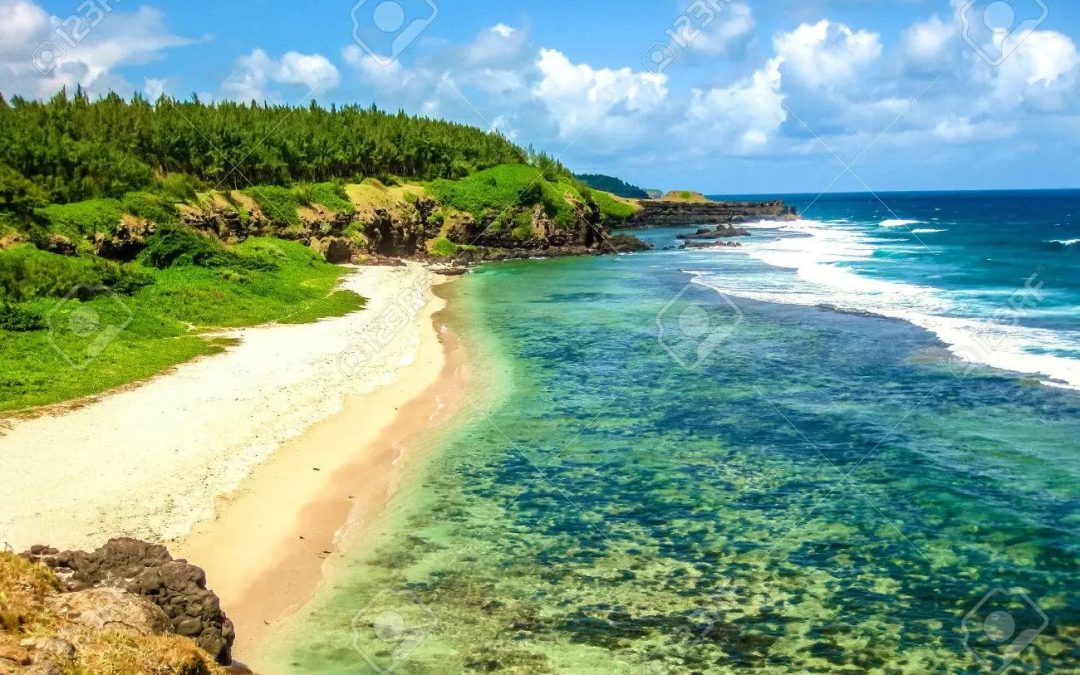
The Gris Gris beach is at the southernmost point of Mauritius. It is a few kilometers southeast of the village of Souillac, a historical village that dates back to the French colonial period. This little piece of beach does not have a coral reef, the big waves come breaking on the shore offering amazing views to the visitors. Swimming is strongly discouraged for hobbyists and professionals because of strong currents and huge waves that break on this part of the island make it totally impractical.
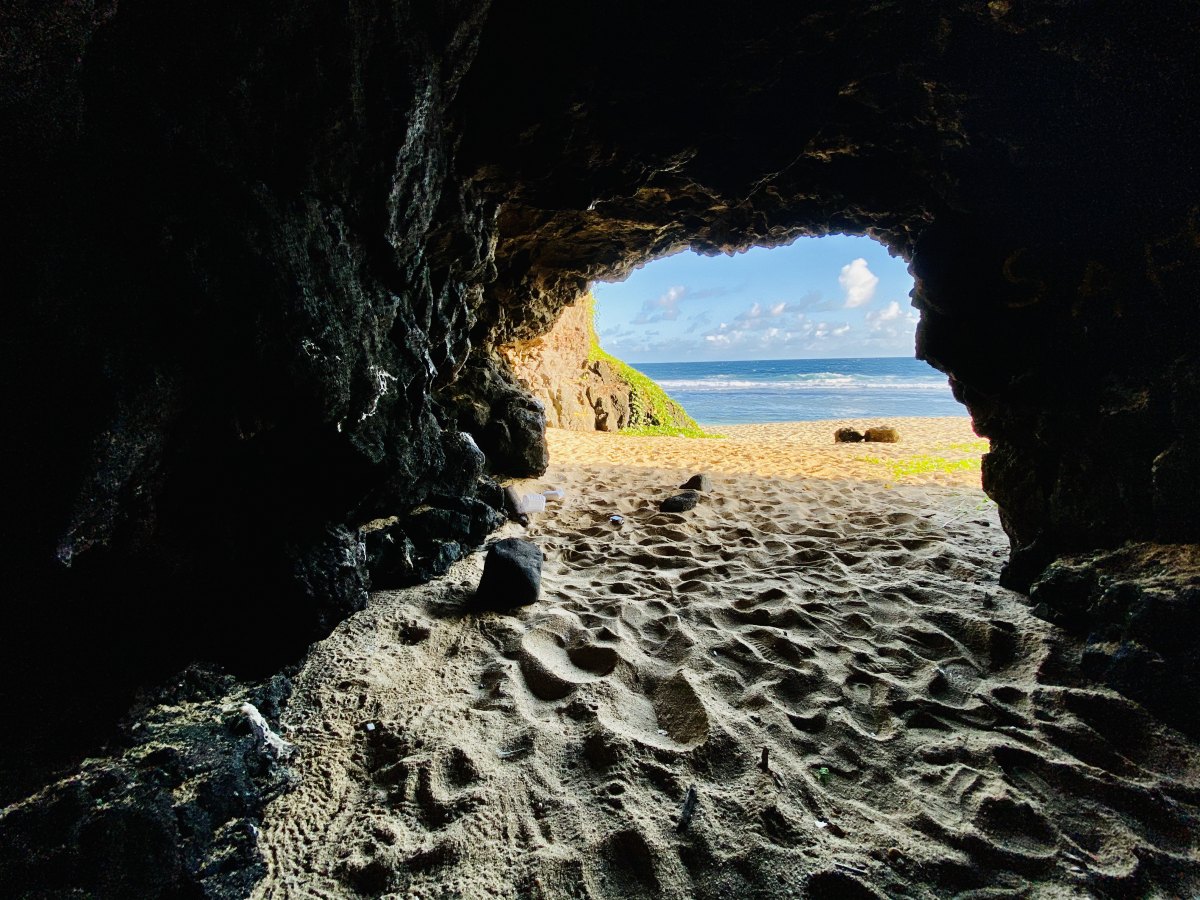
Gris Gris is well known for its sea cliffs and offers visitors a magnificent view from the top. At the southern end of Gris-Gris, you will have a great viewpoint on the cliffs and will see the crashing of waves against the flanks. There is a small garden offering many quiet spots for you to relax on one of the many benches, while having a view of the sea, waves and rock cliffs.
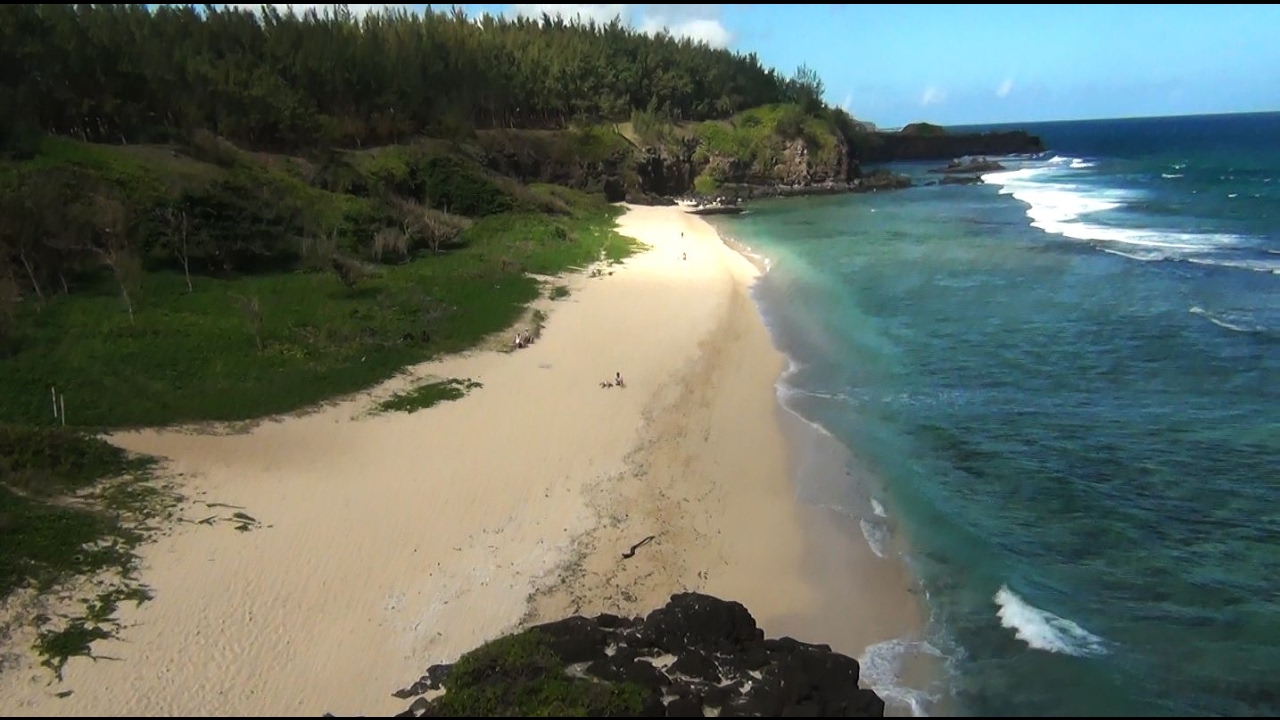
Further down the road from the Gris Gris Viewpoint is the ‘Roche qui Pleure’ (Weeping Rock). This is also another fantastic viewpoint where if you look at the rock from the right angle, it will appear as a face with tears constantly streaming down, as the waves continually crash. There you will have a perfect view of a large rock where the waves break with great violence, accompanied by a large thud.
Electric bikes and quad bikes are available for hire in this area. These are suitable for exploring the nearby areas on your own at a leisurely pace. Horse riding is also available if you are accustomed to horses.
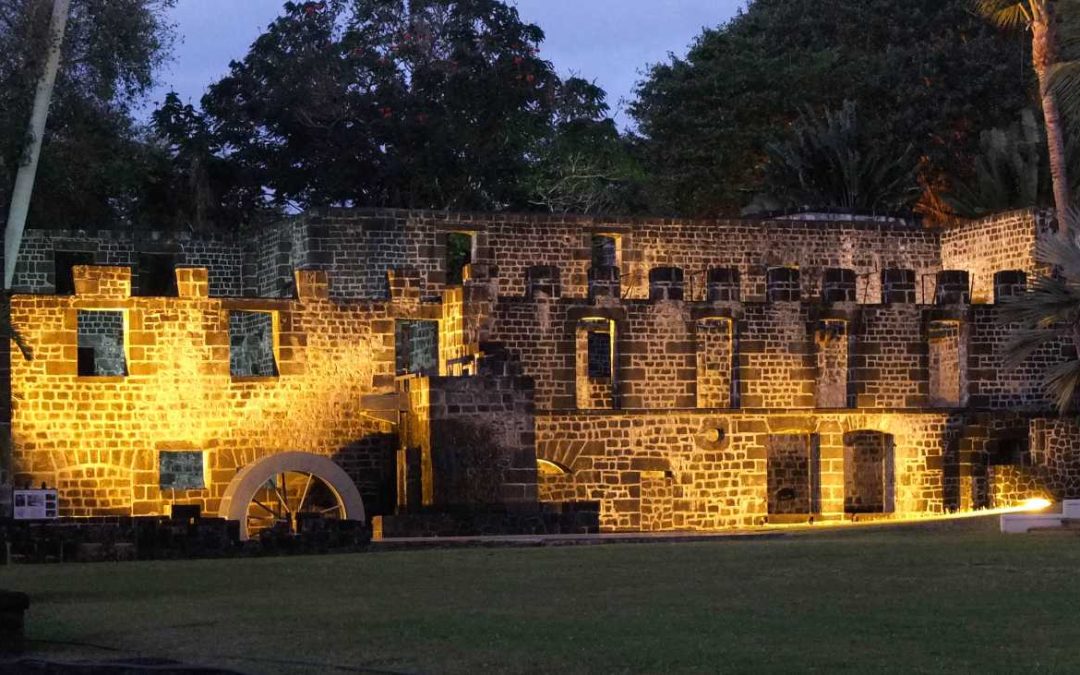
Prior to the 18th century, Turtle Bay was a popular stop for ships on their voyage from Europe to the riches of the East. It was then called ‘Ebony Bay’ by the Dutch because ebony forests were plentiful in the area and ebony wood is ideal for ship repairs. By the 17th century the ebony forest was mostly depleted but there were many turtles frolicking in the bay. So the Dutch changed the bay’s name to ‘Turtle Bay’.
The English also anchored their ships at Balaclava to stock up with food and other necessities for their long sea voyage.
By the 18th century, the French had settled in Mauritius. The first governor by the name of Mahe de Labourdonnais moved the administration from Mahebourg in the South to the North. The new capital was named Port Louis in honour of King Louis XV. A new capital and a harbour were built by the French. Balaclava was used to make weapons and gunpowder during Mahe de Labourdonnais’ campaigns in India. Some 400 slaves worked gunpowder factory during this period. The bay was thereafter nicknamed ‘La Baie de l’Arsenal’ and the small village that lies on the road from Port Louis to Grand Bay was called ‘Arsenal’. An iron foundry, a naval arsenal and a gunpowder factory completed the ‘fort’.
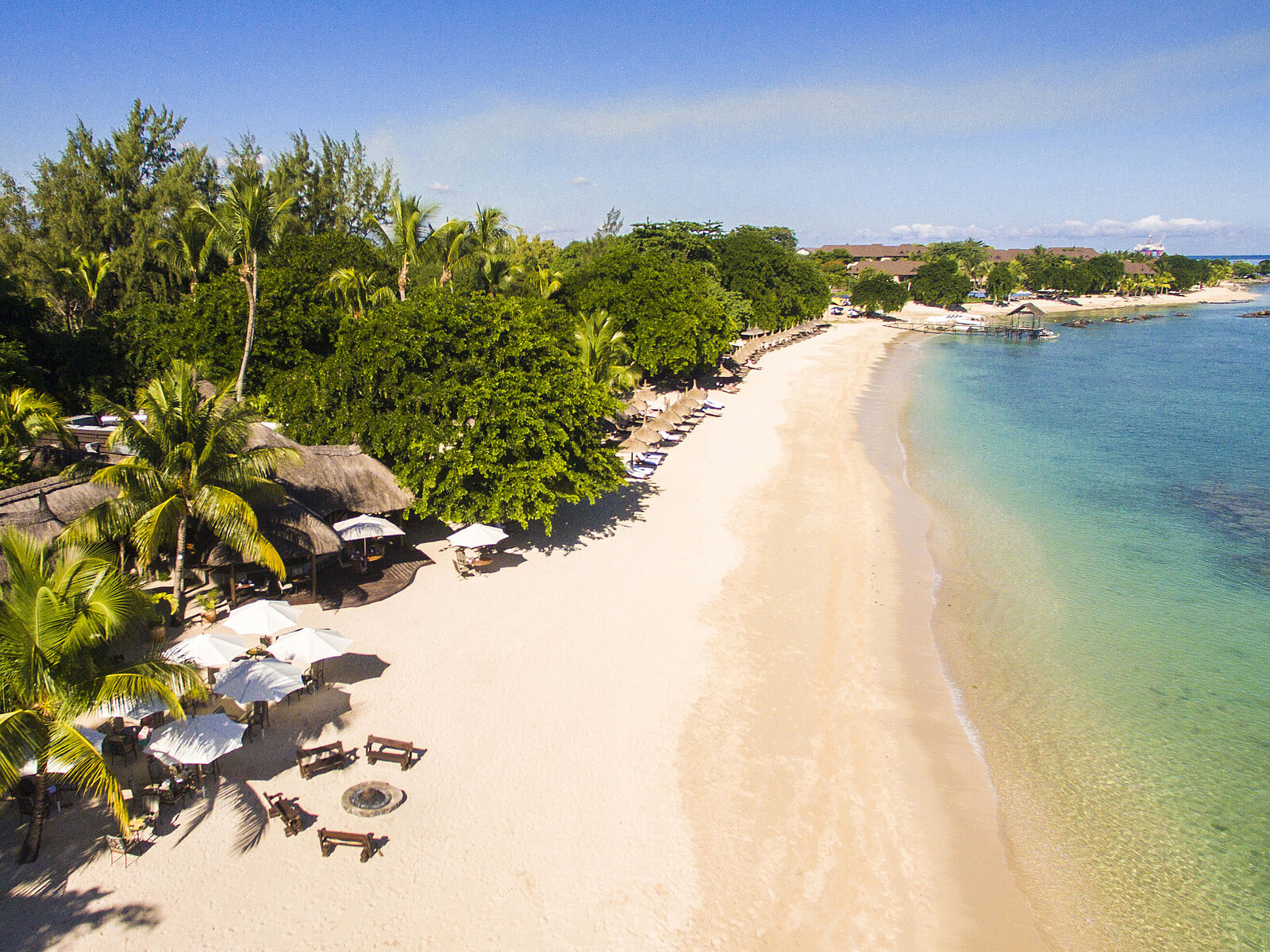
The 5-star Maritim Resort & Spa Mauritius is located within Ruins of Balaclava estate along with the Citron river and its waterfalls and estuary. A wide array of activities such as fishing in the river, outdoor games and playground, animal farm, giant tortoises park, archery sessions and more are available.
The ‘open-air museum’ is located on the grounds of the Maritim Hotel in a 35 hectare estate on the South west coast. It’s only a 10 minute drive from popular Grand Bay. The entrance to this historical site is free for visitors. You must phone the Maritim Resort for permission to visit the ruins. Tell them you are a tourist. That’s because the site is sometimes used for fashion and film shoots when the producers pay a fee.

In the museum there is an old flour mill which was used to produce flour to make many food products. The wheat was imported from Australia.
The original sea walls built around the fortress are still visible and the ruins are conveniently located in the vicinity of the Maritim Hotel. Chateau Mon Desir is a restaurant built on the spot of the original Mon Desir home from where the Turtle Bay and the ruins are visible. Chateau Mon Desir is now gastronomic ‘à la carte’ restaurant in a colonial-style mansion house overlooking the 18th century Ruins of Balaclava and the Citron river.
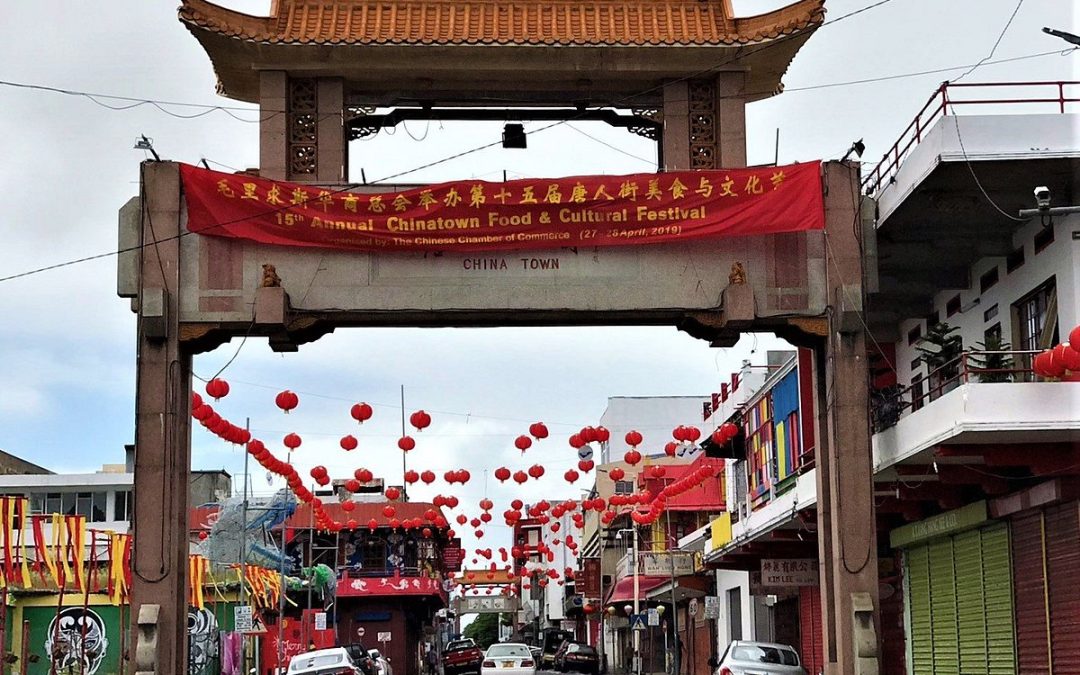
Chinatown in Mauritius is in the heart of the capital Port Louis. It is one of the oldest Chinese settlement in Africa which dates as far back as the 1780s. Today, Chinese Mauritians are moving out of the area to seek their fortunes abroad.
There are colorfully painted, white, red and blue wooden shop fronts which date as far back as the mid 1800s. Ground spices, aromatic vegetables and restaurants serving up Asian cuisines invite visitors to Chinatown.
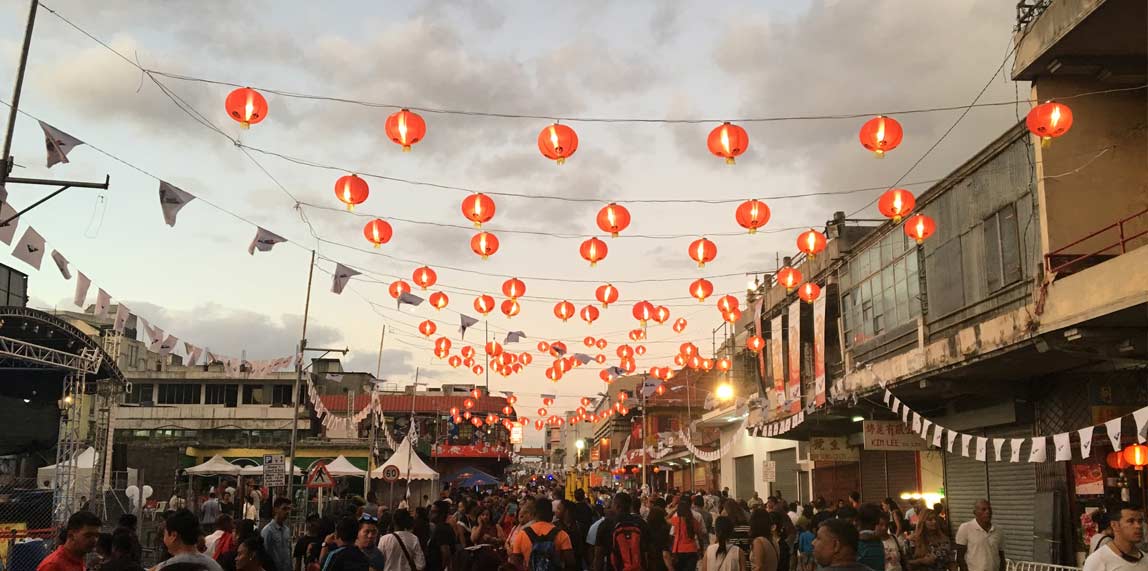
Mandarin is still actively taught in middle schools in the area, and the streets are marked with well-maintained pagodas.
Although Chinese make up less than 3% of the island’s population, their presence is noticeable throughout the island. Chinatown is a gathering spot for cultural customs such as celebrating the mid-autumn festival also known as the mooncake festival. The festival offers a chance for both young and old to participate in centuries-old traditions and draws tourists. During the Chinese new year period there will be colourful lion dances in the city.
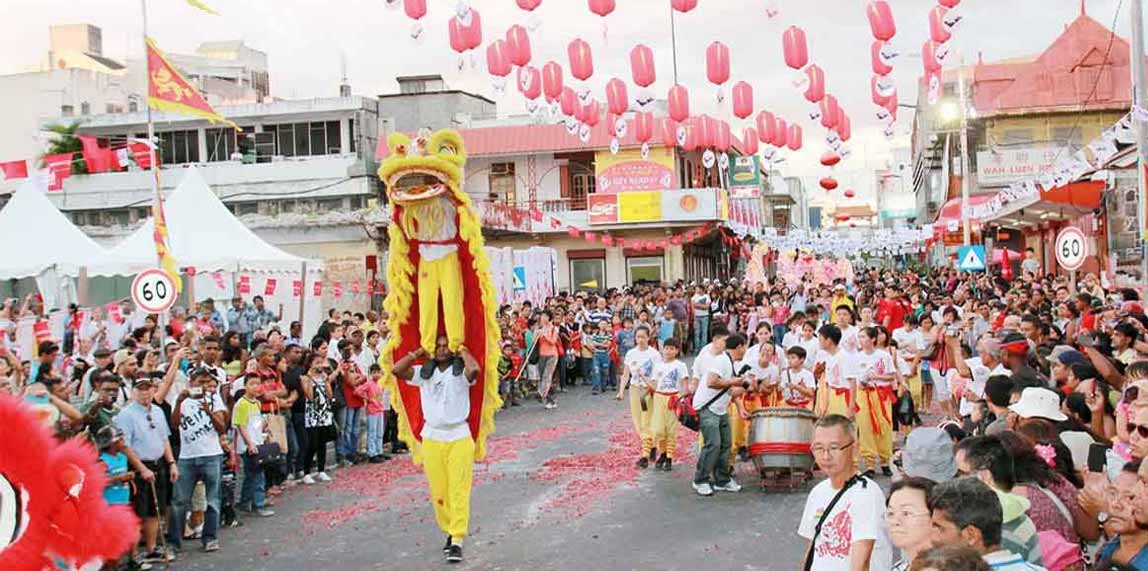
Chinatown has always been a busy trade epicentre and tourist attraction. A group of young people formed the New Chinatown Foundation to try and bring vibrancy, and identity to the district. New Chinatown Foundation members organize street cleaning and pull together to repaint neglected buildings. A volunteer patrol group was organized to walk the streets at night to keep the area safe from a spate of recent night-time crimes.
Chinese street food,noodles and dumplings, is popular among locals as well as visitors. The Chinese Immigration Museum showcases China Town’s history.
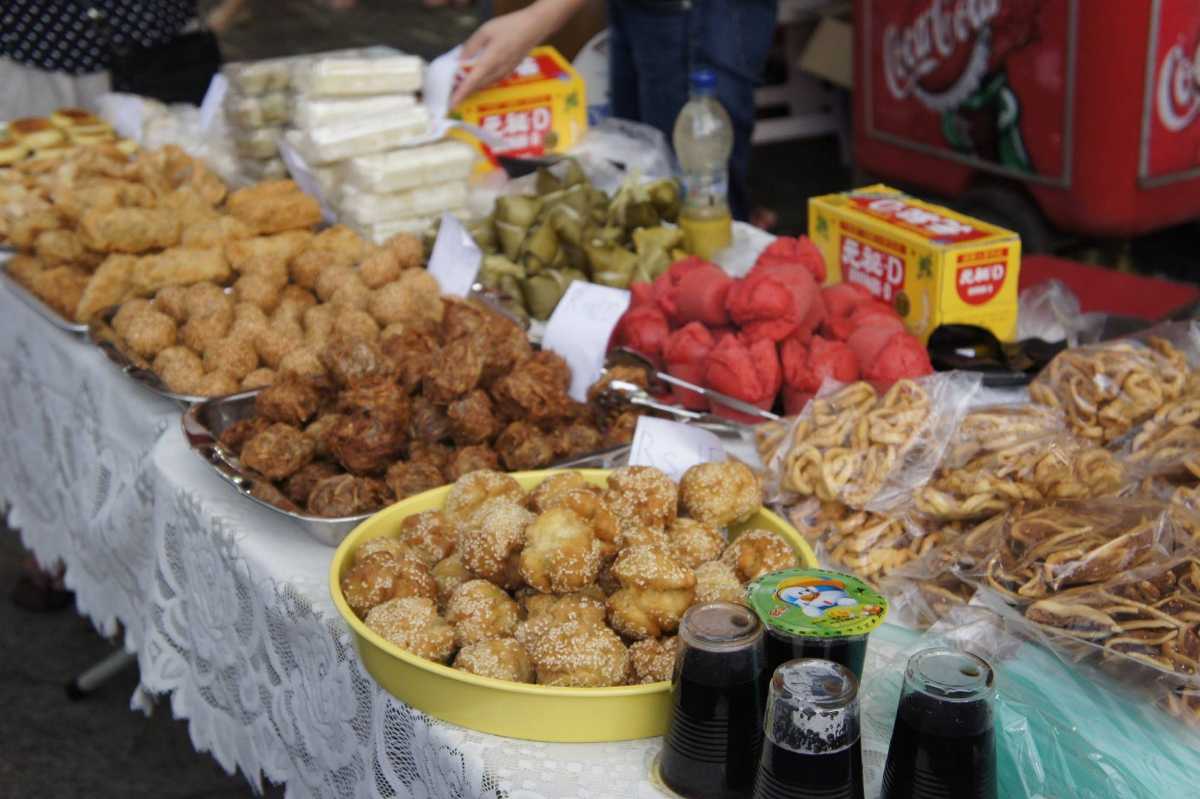
During the annual Chinatown Food and Cultural Festival The area morphs into a celebration ground, with the rhythmic drum beats and music in the background and a vibrant and colourful night sky with fireworks. The street turns into performing stages for artists – painters, dancers, musicians, acrobats, calligraphists. Food stalls offering Varieties of dishes brim with crowds. Shops are brightly decorated with gold, and red Chinese lanterns and shopkeepers display their best products for this night. Later in the night, the streets are closed for vehicles and are open for dance performances.
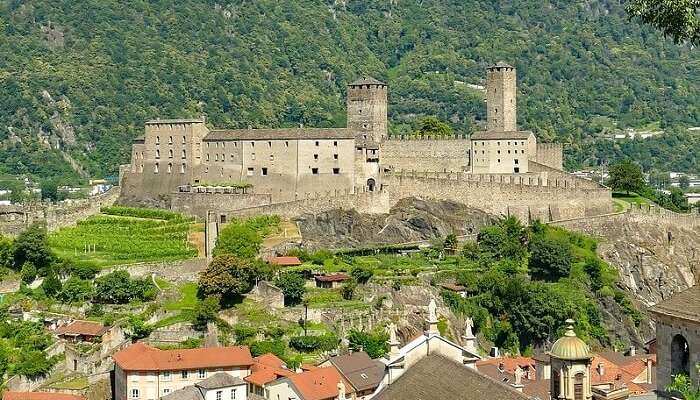
The construction of Citadel Fort began on 11 November 1830 and ended 10 years later on 4 November 1840. The Fort had been named Fort Adelaide after the wife of King William IV, Queen Consort Adelaide of Saxe-Meiningen, who was the King of the United Kingdom, and all the colonies held by them. The fort was constructed in a Moorish style, complete with horseshoe arches. At that time it was considered to be the greatest architectural achievements of Mauritius. The fort is perched on top of the hill Petite Montague, which translates to The Little Mountain, at a height of 100 metres.
The Fort, also known as Fort Adelaide, was originally built to fortify the defense of Port Louis but was never used for that purpose. The Fort itself is an impressive sight. The Fort still holds some remnants from the past such as cannons. There were very powerful guns used by the English at the beginning of the colonization. These guns could reach a range of about two kilometers and were of a formidable precision. The fort could accommodate 200 soldiers and their officers. It contained enough supplies and ammunition to hold a three-month siege.
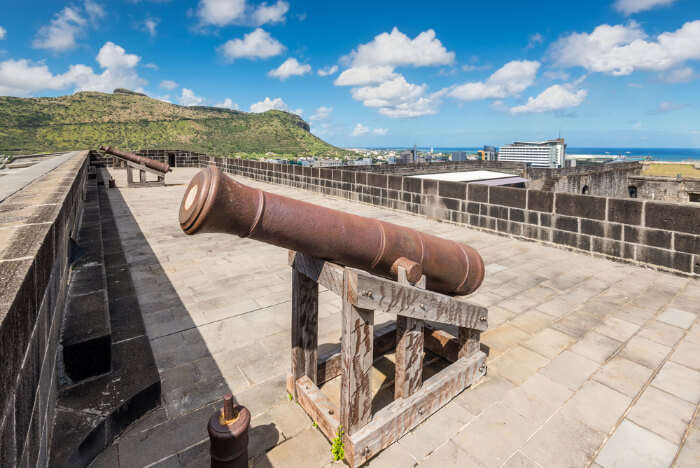
The building was renovated in 2005 by a French museologist, Claude Faulque.
Visitors now find it to be a good place to get a 360-degree view of the capital. You will have views of the China Town, Champ de Mars, the Caudan waterfront,the colossal Indian Ocean and mountains all at one place. It takes about two hours to see the entire fort.
Locals often visit it during the weekend for a small break or for jogging as it does have beautiful views for sunsets and sunrise. Visitors who prefer privacy may visit the Fort during weekdays as it will not be crowded. Almost three million people visit the Fort every year.
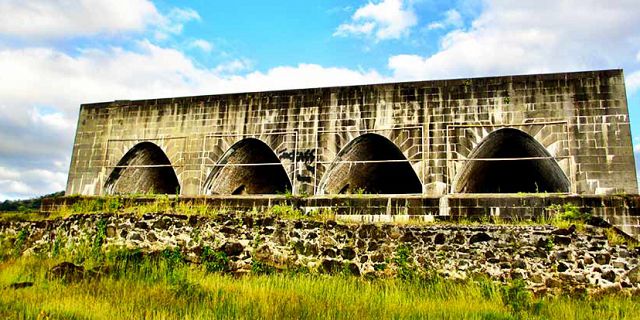
At Citadel Fortress you can enjoy international concerts, plays, light shows , artistic shows and concerts. Several popular bands have performed gigs here in the past.
There is a row of boutiques within the premises of Citadel Fort that once served as barracks. These stores offer a range of precious stones and metals. You can shop for these goods at nominal or discounted prices. Head to these shops early to avoid the long queues.
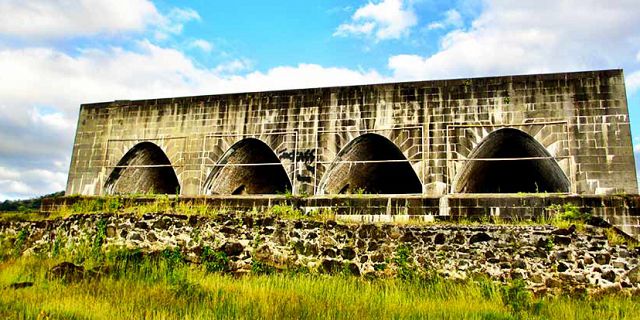
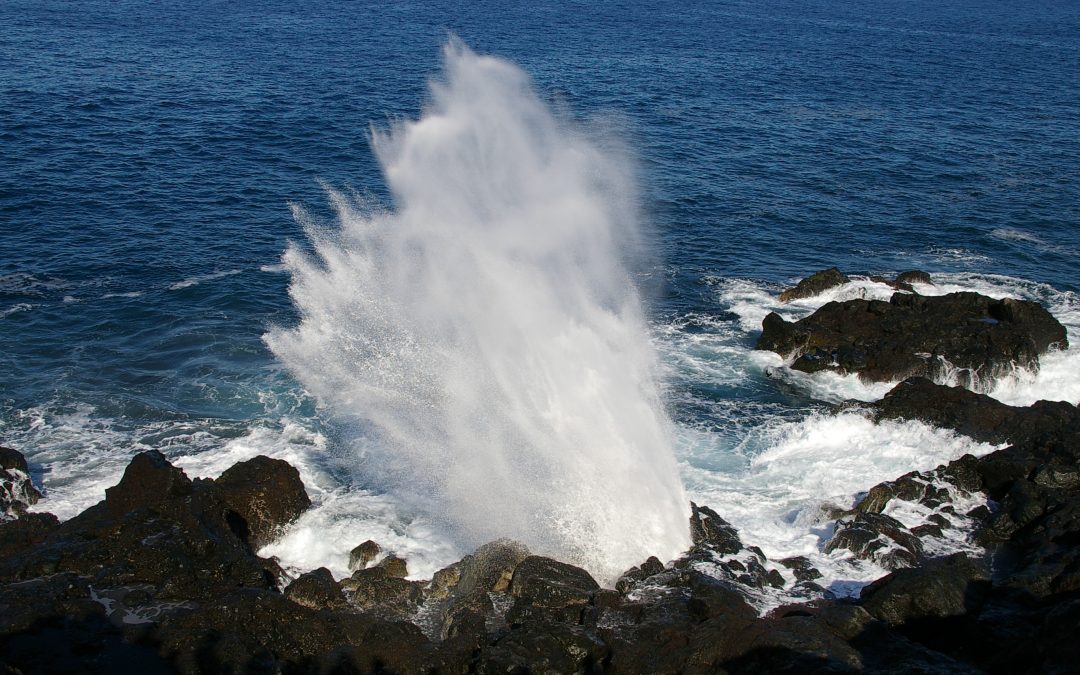
Le Souffleur is one of the most unique natural attractions in Mauritius. It is located between Blue Bay and Souillac. It is accessible through the village L’Escalier and due to the rugged terrain, it is highly recommended to access Le Souffleur with a four wheel drive.
There is an impressive cliff from where you will be able to get a spectacular view of the Indian Ocean crashing against the lava rocks of the cliff. When the waves crash against the cliff with sufficient force, water entering the small holes in the cliff will make a ‘whistling’ sound. On a day when the ocean is very rough, you might even witness the spectacular blowhole effect.
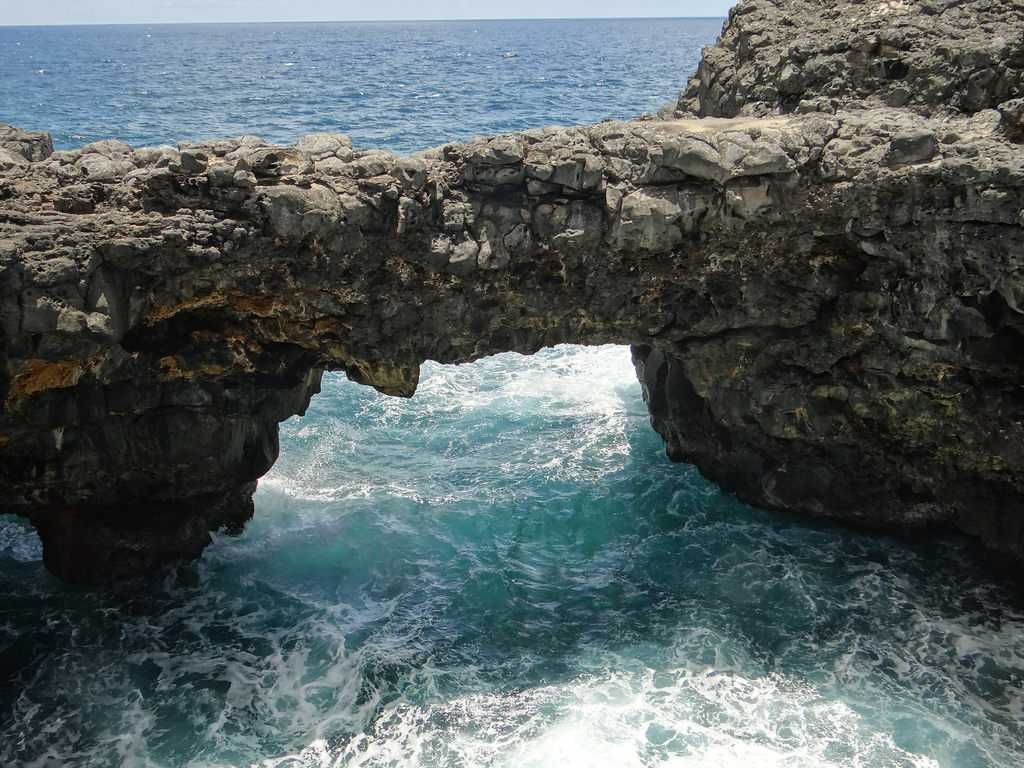
Pont Naturel, a naturally formed bridge, is not far from Le Souffleur, and you may want to include it in your itinerary. Pont Natural is famous because it is a natural bridge formed by the powerful waves crashing against the rocks that once stood as a wall and created a bridge. The bridge is supported by hanging cliffs on the left and right and offers spectacular views.
You can cross the bridge but caution is advised as it is a bridge fully formed by rocks only hence it is very rugged. You may also be splashed by the incoming waves. Make sure to wear good hiking shoes as the rocks are very sharp in this area. Swimming and any other water activities is not advised due to the rough sea.
At Pont Naturel there are a couple of stalls selling food and fresh fruits.
Going downwards to the right of Le Souffleur you will find two more natural bridges. From there you can go to the beautiful golden sand beach of Savinia which is, by far, the most uncrowded beach in Mauritius.
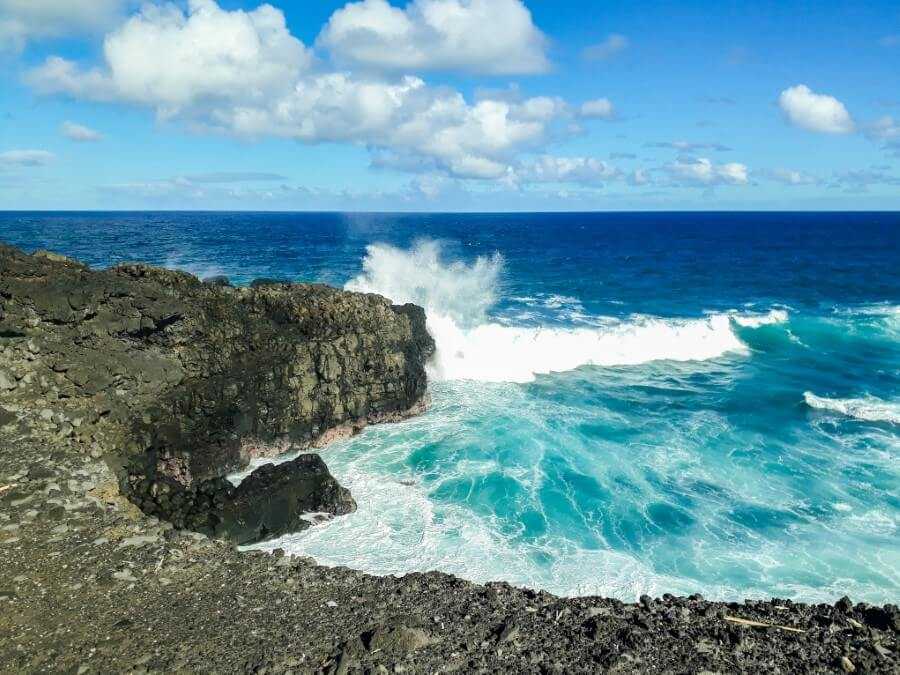
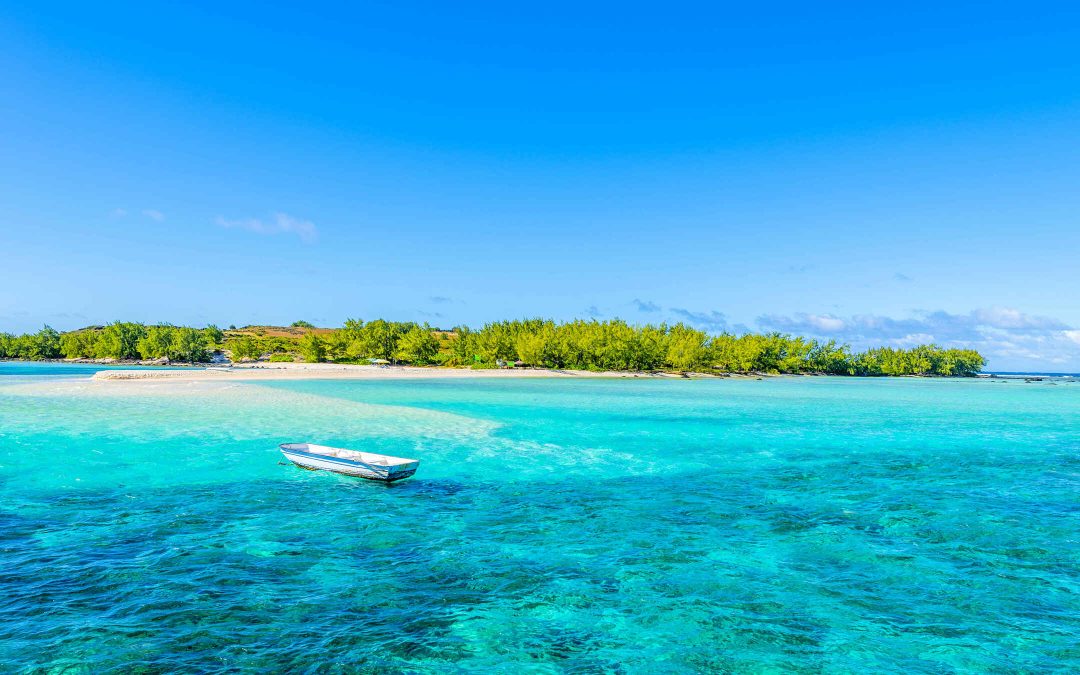
Le Plate Island is also known as Île Plate and Flat Island. The island is located 11 kilometres north of Cap Malheureux, the main island’s northernmost point. It is part of the administrative area of Rivière du Rempart District. The small nature reserve of Coin de Mire lies between the two islands, Îlot Gabriel and Pigeon Rock.It covers an area of 2.53 square kilometres. The area is in danger of possible submersion due to the historical rise in the sea-level
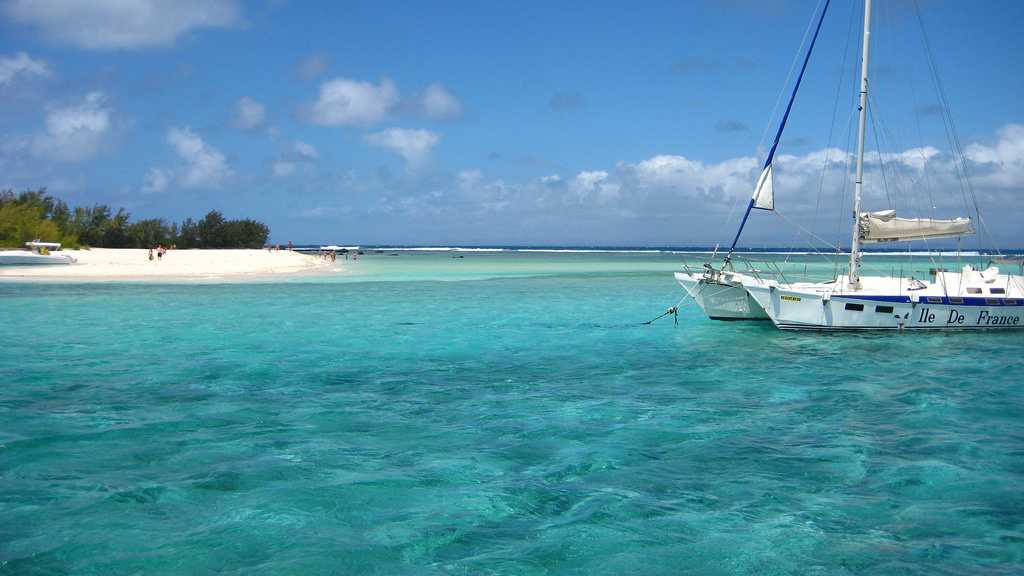
Le Plate Island is uninhabited, though there is a small army base on the island. This the largest islet of Mauritius with an extent of 253 hectares.
Historical significance of Flat Island is that it served as a quarantine station from the mid-19th century to the 1930s. It was reserved for immigrants to Mauritius, mostly indentured labourers, undergoing quarantine for cholera, although it was sometimes used during other epidemic outbreaks such as smallpox and malaria.
Infrastructure built between 1856 and 1870 consisted of stone and wooden buildings comprising living quarters and offices for medical, police, and immigration officials.Kitchens, stores, toilets, privies, two hospitals, and a distillation plant used for water supply were also constructed. Many of these structures are still preserved.
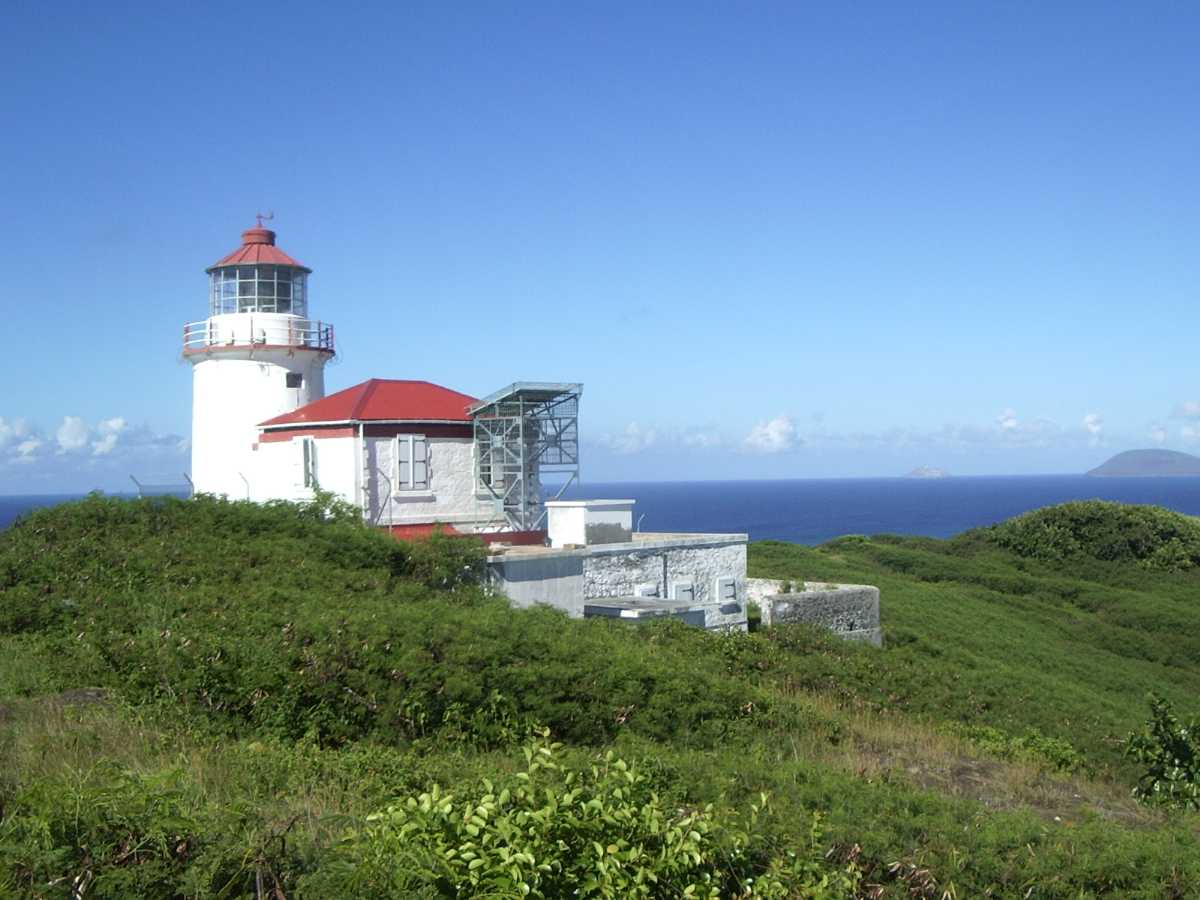
A lighthouse, built in 1855, on the southwest side of the island is still operational.
Le Plate Island is a popular venue for snorkellers, and access to the island is possible via chartered yacht and catamaran. Pigeon Rock harbors an internationally famous dive site called The Shark Pit where divers can witness sharks swirling within the pit for the rich oxygen available due to the crashing waves against the cliffs of Pigeon Rock. The place is popular among tourists as well as locals.
Nearest hotels and restaurants are found only in Cap Malheureux. Breakfast and lunch is served in the catamaran.
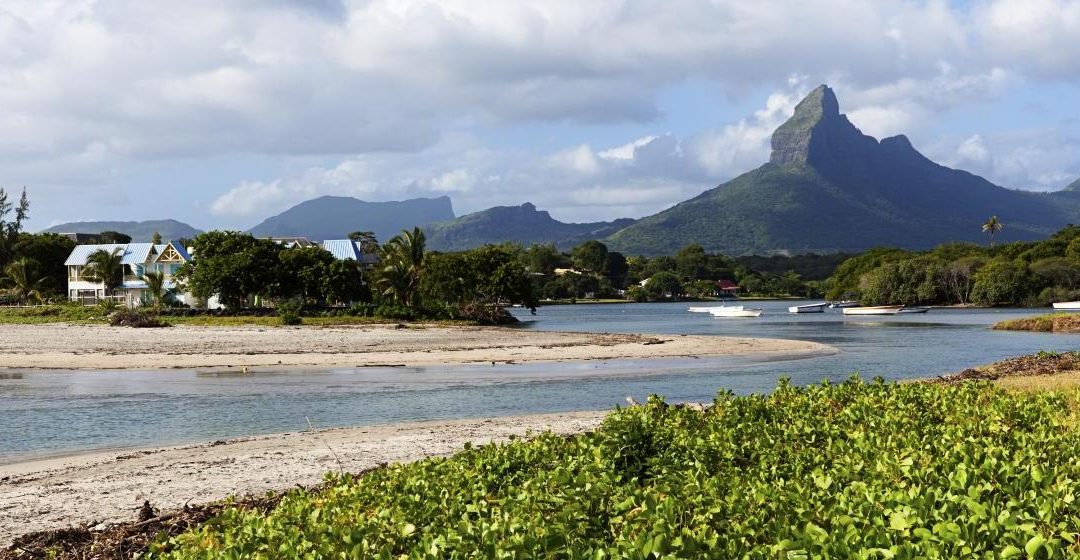
Tamarin is a small fishing village on the south-western coast of Mauritius.Tamarin Beach surrounded by salt pans, is close to 1.5 kilometres in length. Much of the beach is lost to the incoming waves at high tide. But a gap in Tamarin Beach’s coral reef allows large waves to reach its white sands. This gives the opportunity to the surfers.
Salt production dates back to the French period and the tradition of its making is almost unchanged after nearly two centuries. Water is pumped directly from the nearby sea and allowed to evaporate in the basins.
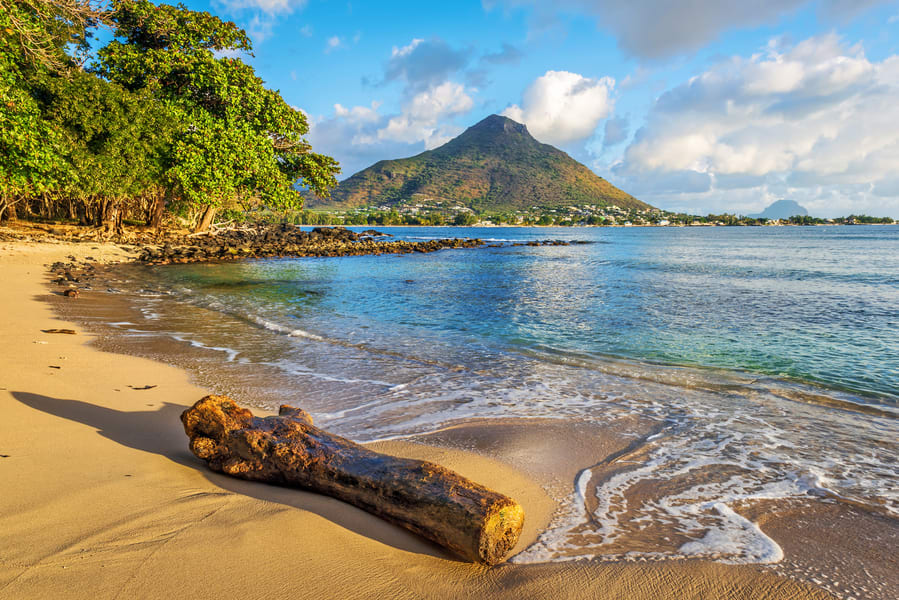
The beach does attract quite a lot of visitors at times and is also the starting point for the dolphin-spotting trips and angling adventures.
Tamarin Bay was discovered by a wider audience and immortalized after the release of the classic surf documentary “Forgotten Island of Santosha” by Larry and Roger Yates in 1974.
The ongoing development in Mauritius has made this village to become home to a new leisure and commercial area. The surfing area was previously known as Santosha Bay although the villages did not want to give a moniker because they didn’t want outsiders to discover their cache of surfable seas. Now the conditions have changed and the villagers are reaping the benefits of the development in tourism.
Tamarin village is located in the district of Black River and is about 50 km and one hour drive from the International Airport. The capital Port Louis, is about 30 km north of Tamarin and the drive takes around 1 hour. There are bus services between Tamarin and key locations in Mauritius. Visitors can use the public transport to save some money.
There are excellent boutique hotels and self-catering villas to aparthotels, B&Bs, holiday rentals and two to five-star hotels in Tamarin. There is accommodation to suit every budget.
Sands Suites Resort & Spa is a 4 star superior hotel offering five star luxury. From the hotel you get magnificent views of Tamarin Bay and Le Morne Mountain.

Tamarina Golf & Spa Boutique Hotel is a 4-star boutique hotel offers a selection of 50 garden-facing or sea-facing rooms, a choice of three different restaurants as well as bars and a wellness centre and also features an 18-hole golf course. Tamarina Golf Club is a 18-hole Championship Golf Course. This Par 72 challenging course undulates over 43 hectares of rugged savannah land framed with mature trees and crossed by the Rempart River. The holes have been designed to give great views.

Veranda Tamarin Hotel and Spa is located in the mythical retro surf spot of Tamarin Bay.
There are many more hotels in the area.
Tamarin Bay is also known for the water sports such as surfing, bodyboarding, paddleboarding, kitesurfing, snorkeling and scuba diving, high sea fishing,catamaran cruise and dolphin or whale watching etc.
Cascavelle Shopping Village located in Flic-en Flac is a great destination for shopping.